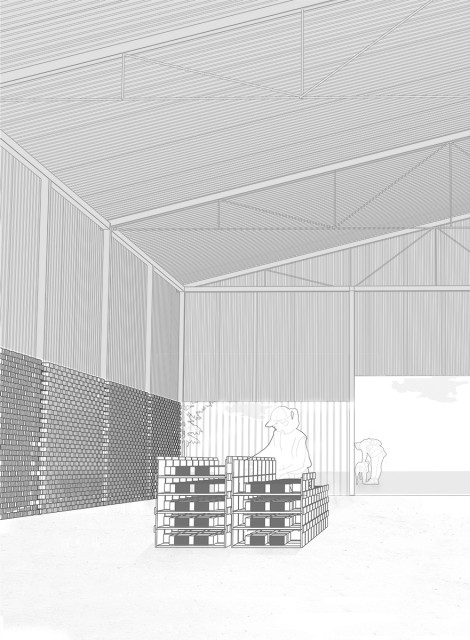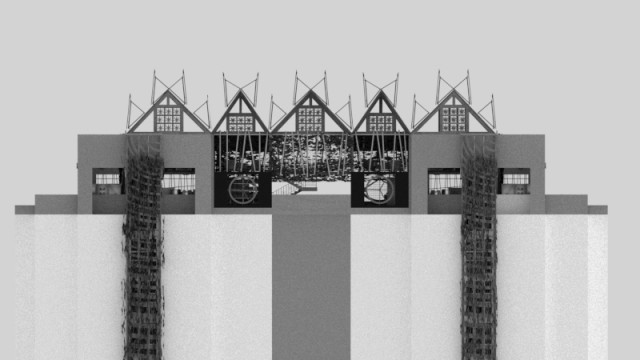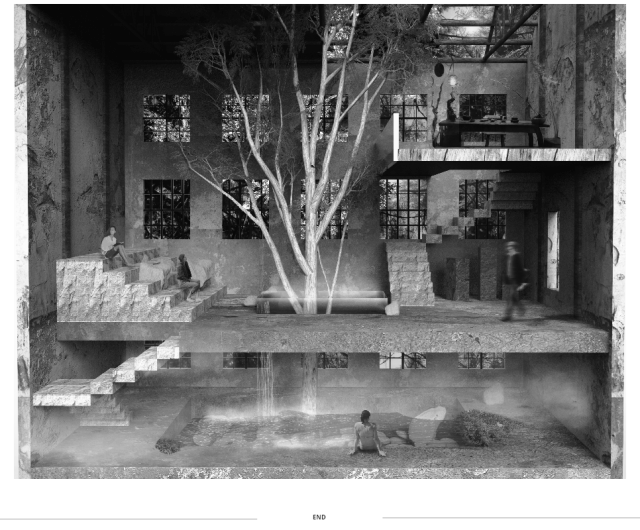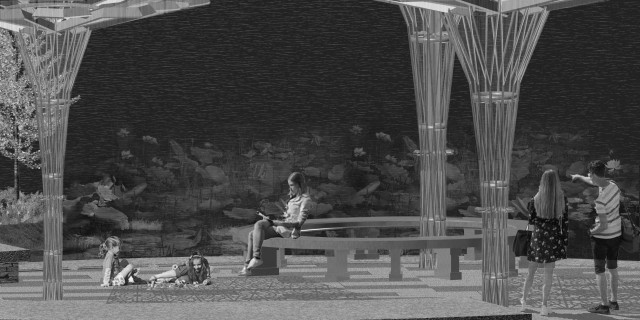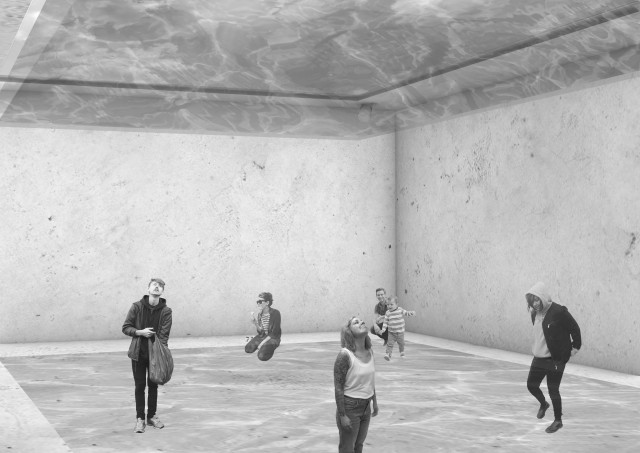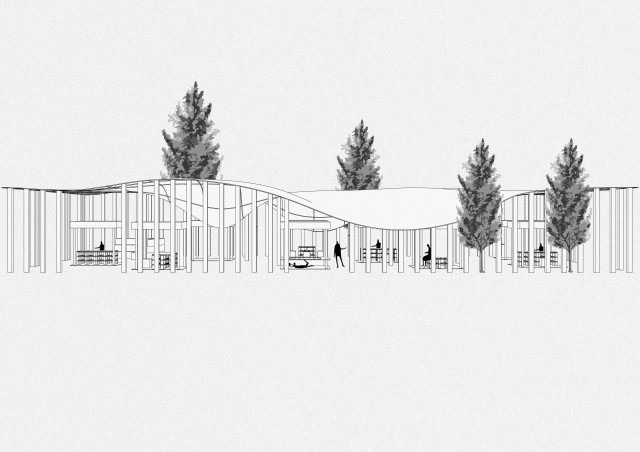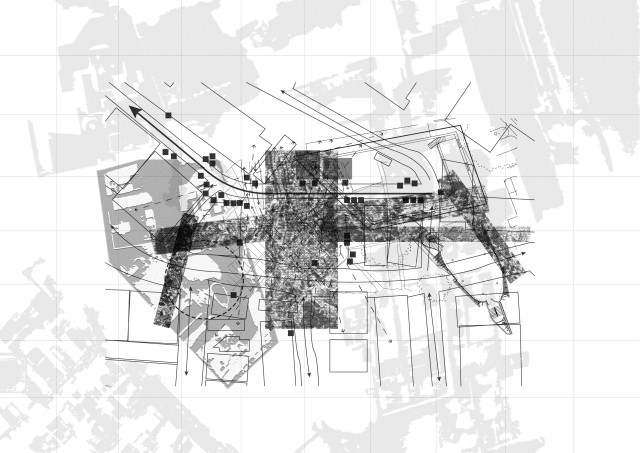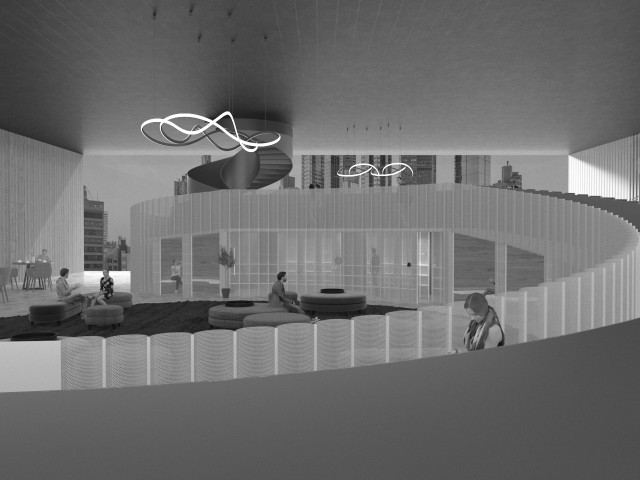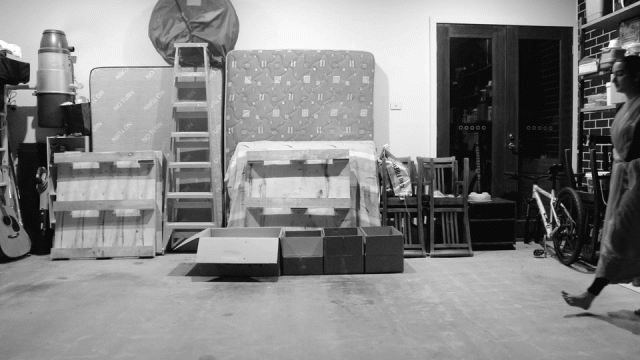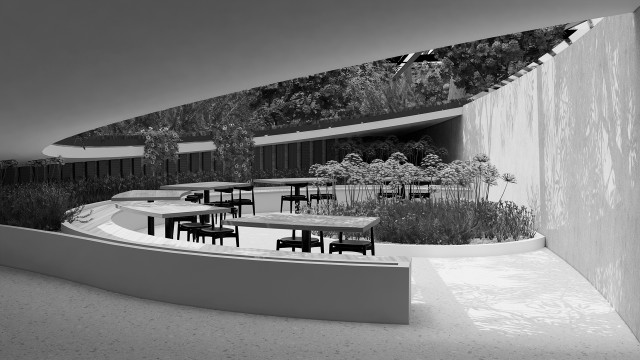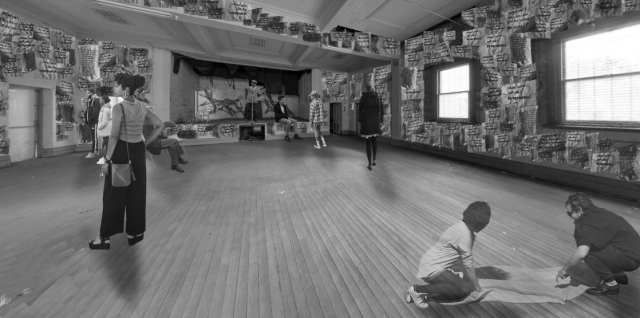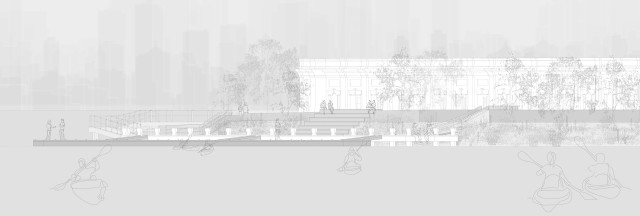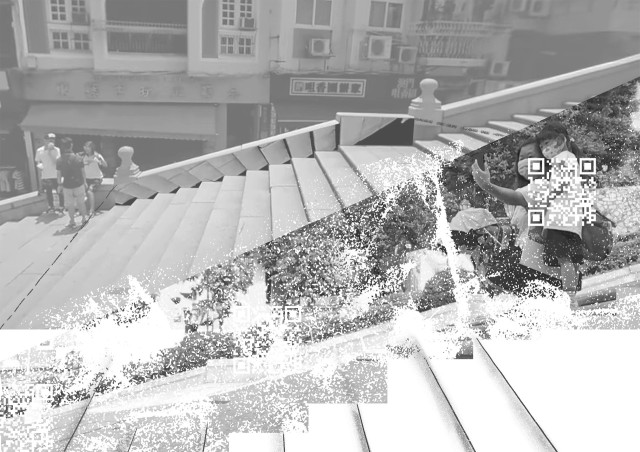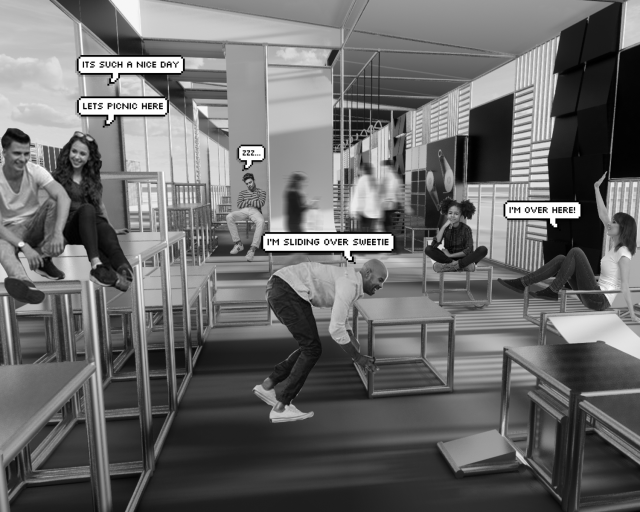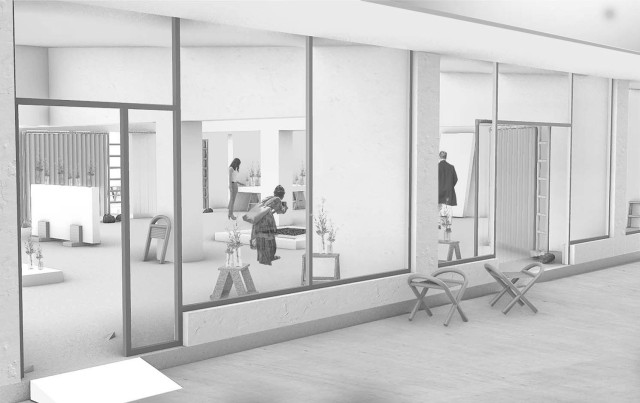Shirley Yushan Shen, Dwelling inside(out) [×]
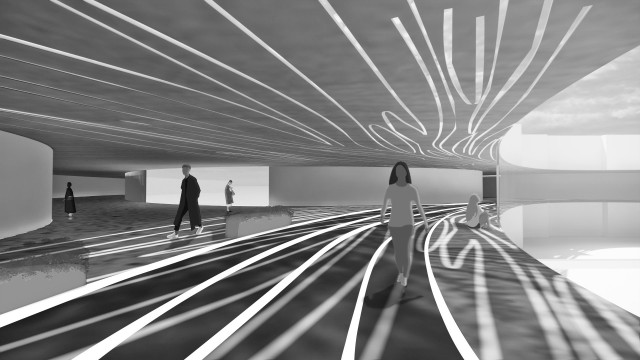
How to use indirect biophilic methods to increase the connection between people and the natural environment in urban communities?
As one of the basic psychological needs of human beings, biophilia is an instinctive attribute formed by long-term adaptation to the natural environment. The formation of cities is essentially a defence against nature, which develops bio-phobia. Humans are isolating themselves from nature, resulting in isolated urban environments. However, humans without a connection to nature lose their biological integrity and automatically surrender their birthright, leading to many health and development problems. Therefore, the effective way to solve the above problem is to re-establish the connection between daily life and nature. The proposal of biophilic design provides a new perspective for solving the contradiction between the human and internal environment today.
Dwelling inside-out is a design research project looking at how nature can integrate into the urban infrastructure to enhance the human sense of community and connection. In Harbin, Heilongjiang Provence in China, the site is a triangle of residential space boarded by a hospital and two parklands. The project aims to create a series of walkways suited explicitly for the needs of the residents. A network to connect, protect and enhance the community. Its peculiar geographical location determines that it needs to meet the needs of different people of nature.
The project abstracted trees in a natural environment, simulating the exploration of some qualities of various parts, such as symbiosis, textures, and forms. It also tries to introduce direct natural elements such as sunlight and plants. Walkways provide residents with more space to move around without being affected by climate or traffic. Also, get psychotherapy and self-contained farm for hospital users. It provides additional outdoor parking and a central plaza for the community and surrounding area. The design aims to provide residents with a rich and diverse community environment by exploring, mimicking, and using the qualities of trees in nature.










